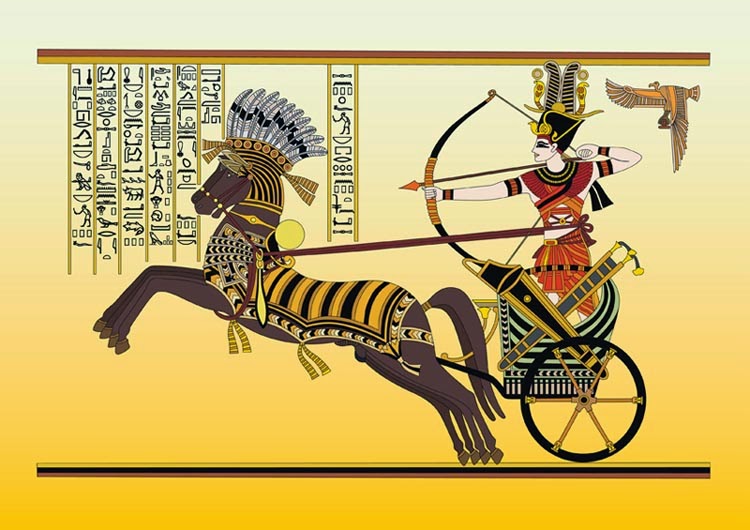Architecture of Egypt
As we known that Egyptian architecture
are magnificent by that way they were built at that time consider that they had
no machinery to work with like today, they had to do everything by hand. They
were supplied by large blocks of granite, limestone, and sandstone to build
their temples and tombs from the stone quarries. They had to carry every stone
by hand with the help of a lot of working men by buildings ramps before to put
the stone in its place and years will pass to be ready and finished. Then to
finish off they decorate from top to bottom and remove the sand ramp along the
way down.
After every pharaoh was named they
began to build his tomb because it will took many years to be finished. They
will decorate it and scale it in how many years he ruled the empire. By that
these skilled builders had left us a treasure that we can appreciate by how
they made them and the size and shape that the pyramids have.
Pyramids were usually used as
tombs for the pharaohs. They decorate the best they can as they believed
that his souls will continue on guiding affairs to the kingdom even after his
death. And to ensure this they even mummify him and the shape of the pyramid
represent the union with god. For us these are historical architectures that
are very very old and we need to treasure them in the best way and passing the
knowledge to others to know about Ancient Egypt too.
St.Petersburg Times, 1999. Egypt: Art and Architecture [online] Available at:http://www2.sptimes.com/Egypt/EgyptCredit.4.4.html[Accessed 18 May 2014 ]
























.jpg)























